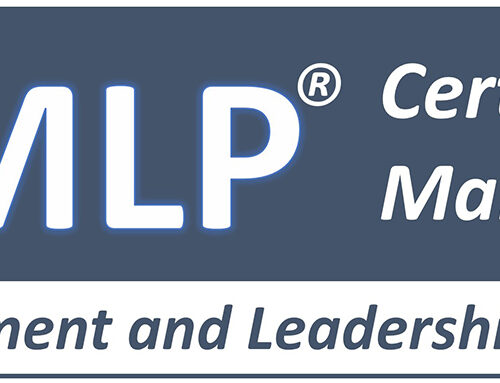This post was first published in my “Developing IT Leaders” column on CIO.com.
IT says it. Human Resources says it. All other internal business silos that provide services to the customer-facing business functions say it.
They want a seat at the table.
They want to be seen and treated as an equal business partner and be involved in helping define the organization’s strategic vision, objectives, values, and decisions.
These are the four competencies IT leaders must to demonstrate to earn their seat at the business strategy table.
1. Superior technical execution
For IT, consistent, quality daily operations is job #1. Everything else is secondary. As an IT leader, if you cannot meet this requirement, then at best you’ll be disrespected and/or ignored. At worst, you’ll be replaced.
Quality IT can be divided into three generic types of services: operational, on-demand, and project-based.
- Operational services are the continued availability and uptime of all existing production systems, data communication, email, internet access, and all other related services.
- On-demand services are the help desk, service desk, and other reactive IT functions that serve those outside of IT itself.
- Project-based services, as the name suggests, are all planned tasks with specifically defined outcomes, such as major software upgrades, new system implementations, and process reengineering efforts.
IT’s failure in any one of these three service areas, degrades the credibility of the IT leader responsible for that area as well as the CIO and the overall reputation of IT within the organization because those outside of IT don’t generally differentiate the various IT silos. To them, IT is just IT.
This generalization in the minds of IT’s business partners, allows any one of the three previously mentioned service areas to drag down or lift up the reputation of IT as a whole. The greater the generalized view of IT, the more likely that its leaders will have the opportunity to participate in business-related activities, such as strategic planning.
2. Deep business understanding
You cannot meaningfully participate in defining the vision, strategy, or objectives of a business or industry you don’t deeply understand.
Just because you have a strong understanding of the systems and processes in your industry, that doesn’t necessarily mean that you understand the business nuances of your company’s customers, or have the knowledge needed to help properly position your company against its competition. As a generic example, understanding how to implement a CRM system doesn’t mean you know how to sell.
As an IT executive looking to get a seat at the strategy table, you must extend your knowledge beyond the internal operations of your company to include the business side of your industry.
3. Embracing what you know
As an IT leader, you’ve spent many years honing hands-on and/or technical leaderships skills. Likewise, your peers in sales, marketing, finance, human resources, etc. have spent years honing their profession’s skills. It is unreasonable to expect you know their professions as well as you know your own. You can’t and you shouldn’t try … unless you want to leave IT.
Each profession brings with it its own set of skills, knowledge, and perspective, as does IT. To get a seat at the strategy table, regardless of your core profession, you must look beyond it and understand its context as part of the overall organization and the external competitive landscape. This is easier for marketing and sales leaders than it is for IT leaders because their primary focus is customer facing, while the primary view for IT professionals is internal.
As an IT executive, getting a seat at the business strategy table requires not being intimidated by the external understanding of your business partners. Instead, you must embrace the importance of your company-wide internal knowledge and how it can be used for the company’s competitive advantage and growth.
4. Emotional intelligence
Those trained as technical professionals in software development, law, medicine, science, engineering, finance, and others, all have one major thing in common: They are all taught to have the answers or know how to get them. It’s all about acquiring knowledge, skills, and experience.
When you move into a technical leadership role, it’s no longer about you; it’s about your team, your peers, business partners, customers, and the overall organization. Over time, as your organizational level and responsibilities increase, your success becomes less reliant on your ability to perform technically and more reliant on your organizational, political, and interpersonal savvy. That is to say, your emotional intelligence and your ability to use it effectively in the workplace determines your ability to succeed in IT executive roles.
The movement from individual contributor to IT leader is like going from being single to getting married. It’s still a little about you, but now it’s about the team. The more able you are to motivate your team, define IT’s vision to maximize its value to the business, and have empathy for your business partners, customers, and senior management, the more likely you will be viewed as a business peer, and not just as the head techie. It’s this personal growth, beyond your technical skills, that will assist you in gaining a seat at the business strategy table.




